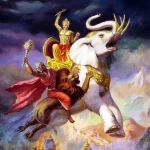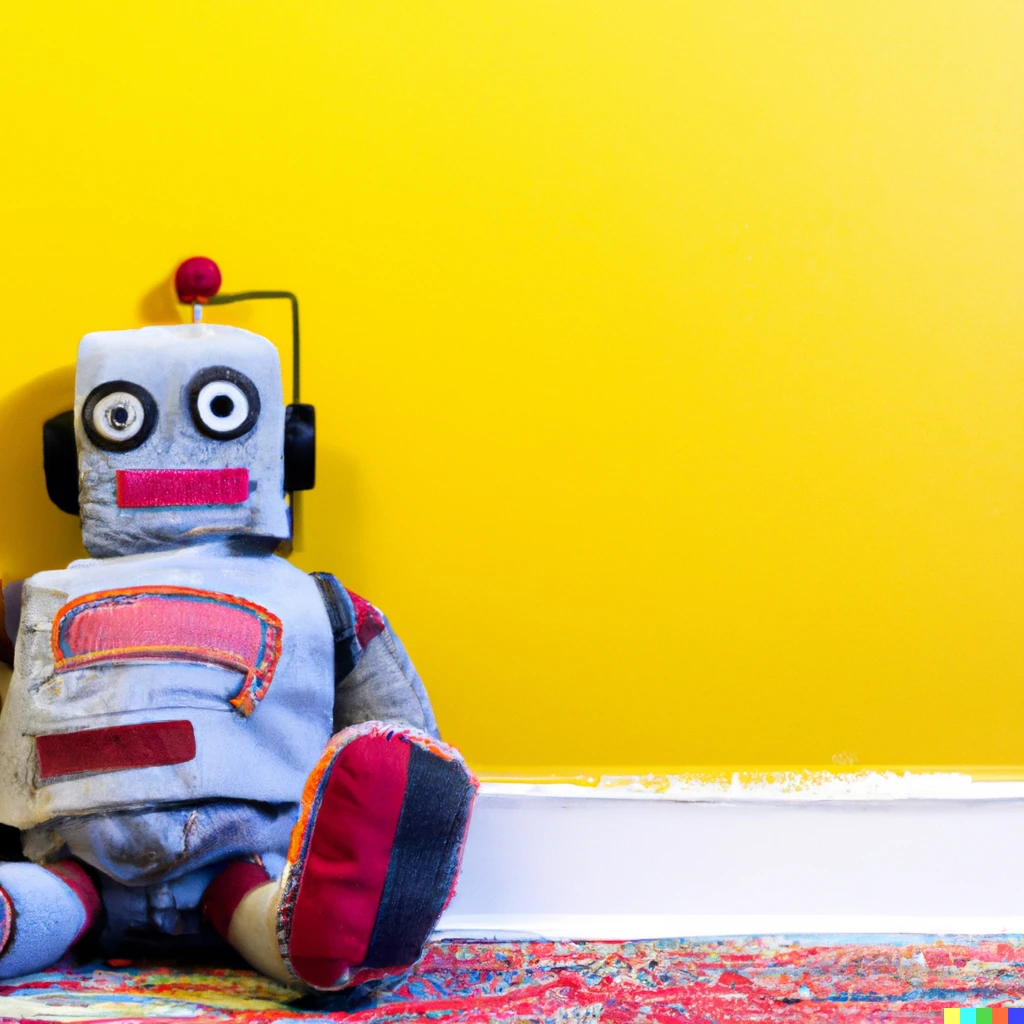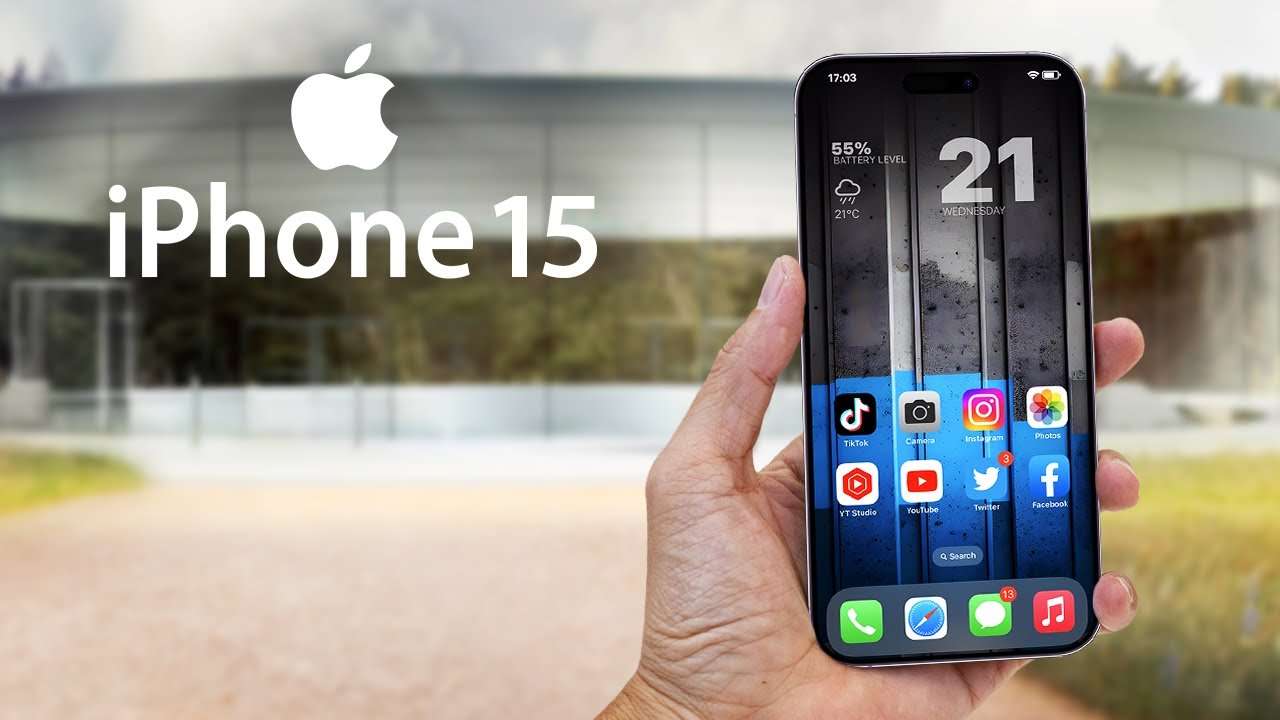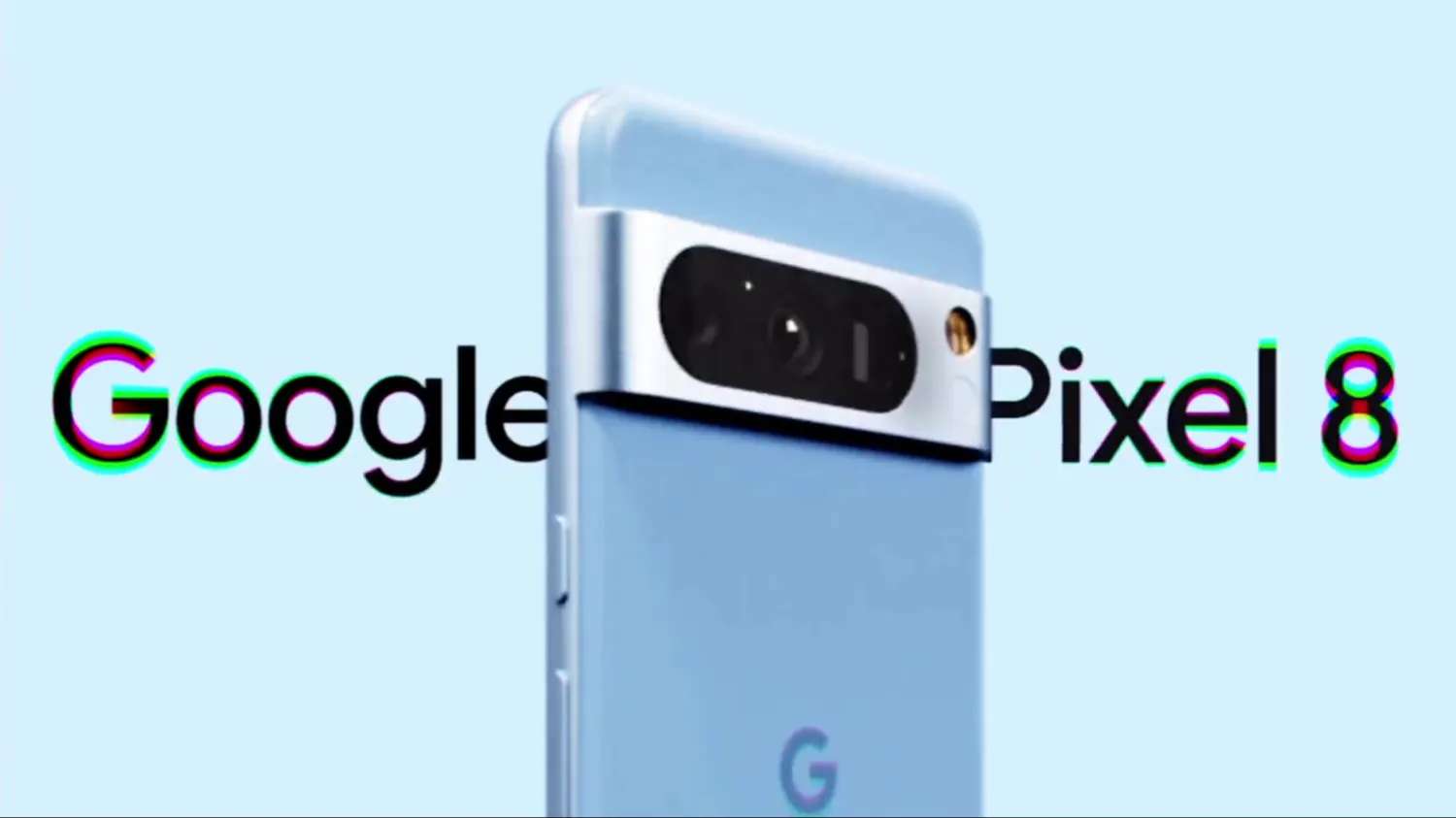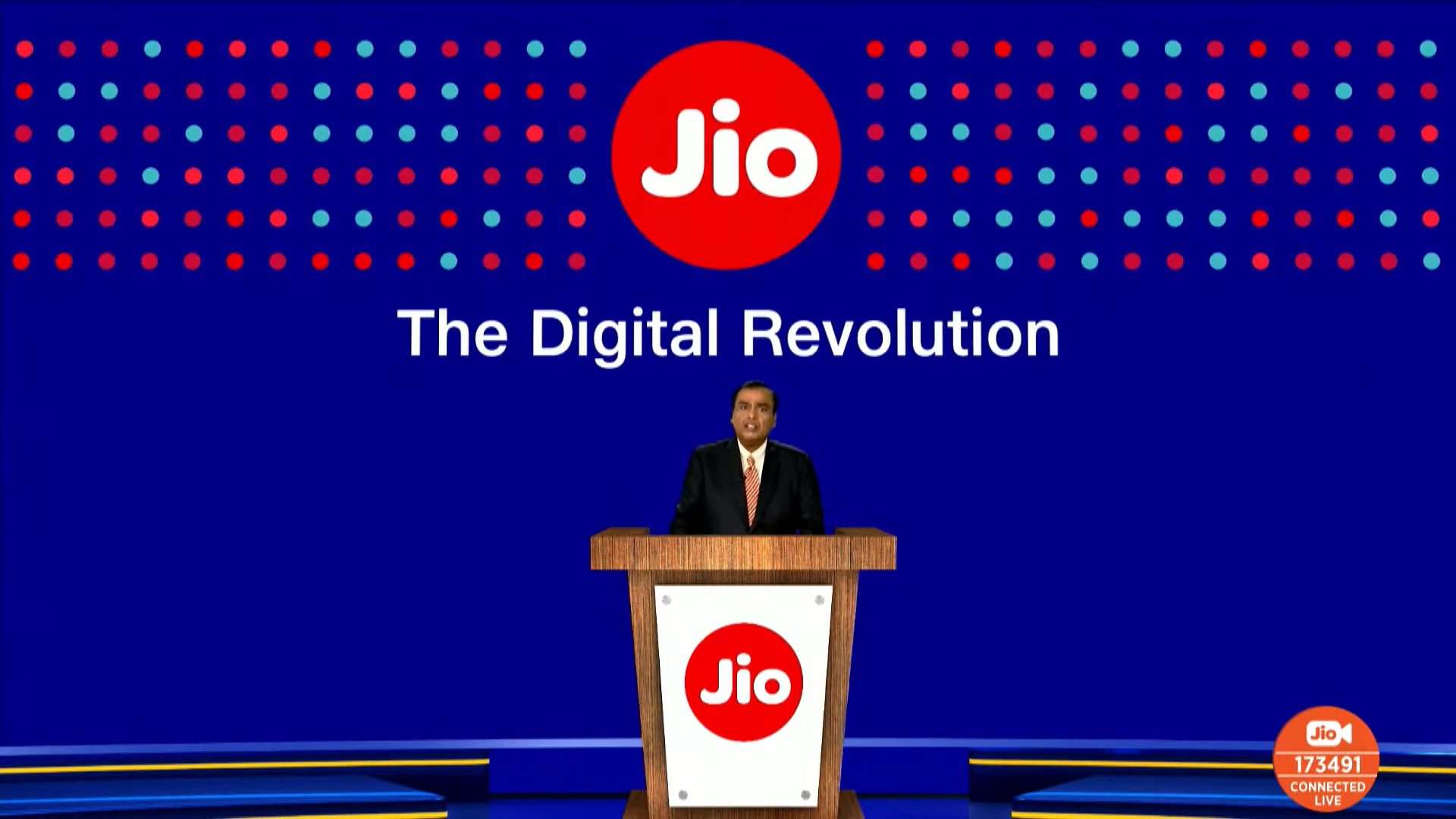Introduction
In the ever-evolving landscape of artificial intelligence, one technology has managed to capture the imagination of artists, designers, and researchers alike: DALL·E. Developed by OpenAI, DALL·E is an extraordinary AI model that uses deep learning algorithms to generate impressive, realistic images from textual descriptions. Launched as a successor to GPT-3, DALL·E has demonstrated its potential to revolutionize image synthesis and creative expression. In this blog, we’ll explore the fascinating world of DALL·E and its impact on the future of AI-generated images.
What is DALL·E?
DALL·E is an artificial intelligence model named after the famous surrealist artist Salvador Dalí. Just as Dalí’s work was renowned for its dreamlike and imaginative qualities, DALL·E is celebrated for its ability to generate surreal, creative images. The model utilizes a combination of deep learning techniques, specifically employing a generative adversarial network (GAN) architecture to produce its visual output.
How does DALL·E work?
At its core, DALL·E interprets and processes textual input to create corresponding images. Users can provide the model with simple prompts, such as “a cat sitting on a piano,” or even more elaborate descriptions like “a futuristic cityscape with floating islands and neon lights.” The AI then converts these textual cues into fully realized images.
Training DALL·E is an extensive process. It relies on a massive dataset that includes a wide range of images paired with their corresponding textual descriptions. By analyzing and learning from this vast array of data, DALL·E can understand the underlying patterns and relationships between text and visual elements.
Applications of DALL·E
- Art and Design: DALL·E opens up exciting possibilities for artists and designers. It can quickly generate concept art, illustrations, and visual representations of abstract ideas. This creative tool allows artists to explore uncharted territories of imagination and realize their visions in novel ways.
- Content Creation: Content creators can leverage DALL·E to produce eye-catching visuals for articles, social media posts, and marketing materials. It can significantly enhance the quality and appeal of digital content, capturing the attention of audiences worldwide.
- Assistive Technology: DALL·E’s image synthesis capabilities can be applied in various assistive technologies, such as generating visuals for the visually impaired based on textual descriptions, facilitating better access to visual content.
Ethical Considerations
While DALL·E offers remarkable advancements, it also raises ethical questions. As an AI model, it is essential to acknowledge the potential misuse of this technology, such as generating deepfake images, spreading misinformation, or creating malicious content. Striking a balance between creativity and ethical responsibility will be crucial as this technology becomes more accessible to the public.
Conclusion
DALL·E represents a groundbreaking leap in AI-generated image synthesis. Its ability to translate textual prompts into stunning, lifelike visuals has captured the attention of numerous creative professionals. As the technology continues to mature, it is essential to utilize DALL·E responsibly and explore ways to harness its capabilities for the greater good. With ethical considerations in mind, DALL·E can be an indispensable tool for artistic expression, content creation, and assistive applications, shaping a brighter future for AI-driven creativity.




